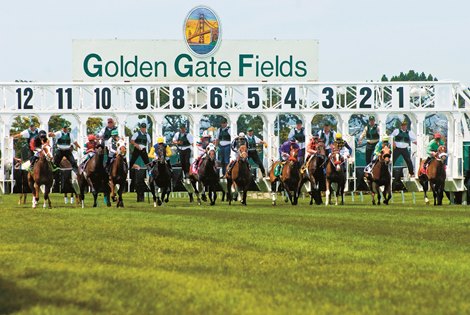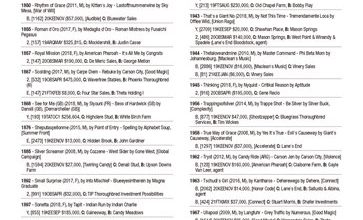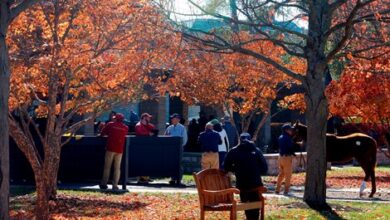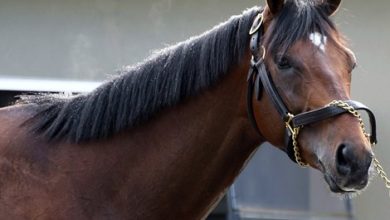CHRB Seeks to Limit Injections, Ban Ear Manipulation

The California Horse Racing Board took steps Sept. 21 that it believes will improve the well-being of horses.
First, the CHRB unanimously approved the prohibition of intra-articular steroid joint injections into high-motion joints unless diagnostic images are performed. CHRB executive director Scott Chaney said that this was an idea developed by board chairman Dr. Gregory Ferraro and equine medical director Dr. Jeff Blea. Chaney said the hope is that such an approach can “kind of push the envelope and be testing ground for potentially national regulation.”
He said that the Horseracing Integrity and Safety Authority’s regulations on fetlock joints rolled back the state’s 30-day stand-down period prior to races to 14 days. While the CHRB has been working with HISA to reinstate that standard, this would require trainers and veterinarians to provide diagnostic imaging if they want to inject corticosteroids into knees or ankles.
The other action taken by the CHRB Thursday was an amendment to a rule that prohibits manipulation of a horse’s ear for the purposes of controlling the horse.
Chaney said manipulation has been done by twisting the horse’s ear or even biting it. He noted stewards have tried using policy or administrative action to end this practice in the starting gate but it has been unsuccessful. He cited a recent incident at Del Mar and believes that better schooling or other, less harmful methods should be employed.
Vice chairman Oscar Gonzales raised concern if this would also apply to morning training sessions, but Chaney said it would not. However, he said since the proposal pertains to the starting gate it would be better if a different regulation or amendment was brought forth next month.
“The crew has always done what is best for the safety of the horses and the safety of the jockeys and themselves. You get into a phone box-type size (space)…to put a horse in and your assistant starter, it’s tough for them,” said board member Damascus Castellanos, who has been a business representative for Teamsters and a board member of the California Thoroughbred Horsemen’s Foundation. “Of course, though as Scott said, in today’s world, the optics is everything and we need to make sure we understand that.”
Both initiatives now go through a 45-day comment period.
Also discussed was the latest report on the betting handle in the state. For the month of August, day racing handle was down 10%, night racing down 12%, and total handle was down 10%, compared to August 2022. Chaney said through the first eight months, day racing (-7%), night racing (-9%), and total handle (-9%) are all down compared to the same period last year.
It should be noted that purses in California are more dependent upon handle than many other states because it has not yet legalized sports betting or other forms of gaming at racetracks that could supplement purse accounts.
“I can’t say they are super panicked about the decrease, although I want to see the final numbers,” Chaney said. “But they also indicated that they did change their procedures with respect to computer-assisted wagering. I know a couple of tracks in California have done that as well.”
He added, “One of the things I know tracks are doing certainly in California is decreasing the percentage rebate as you get closer to post time. So incentivizing betting earlier because that’s really what the wagering public objects to. So I don’t think I’m too far out there in saying part of the decrease in handle was probably due to some of the changes with respect to computer-assisted wagering, which is probably good because I think they’re looking over at the entire picture.”




